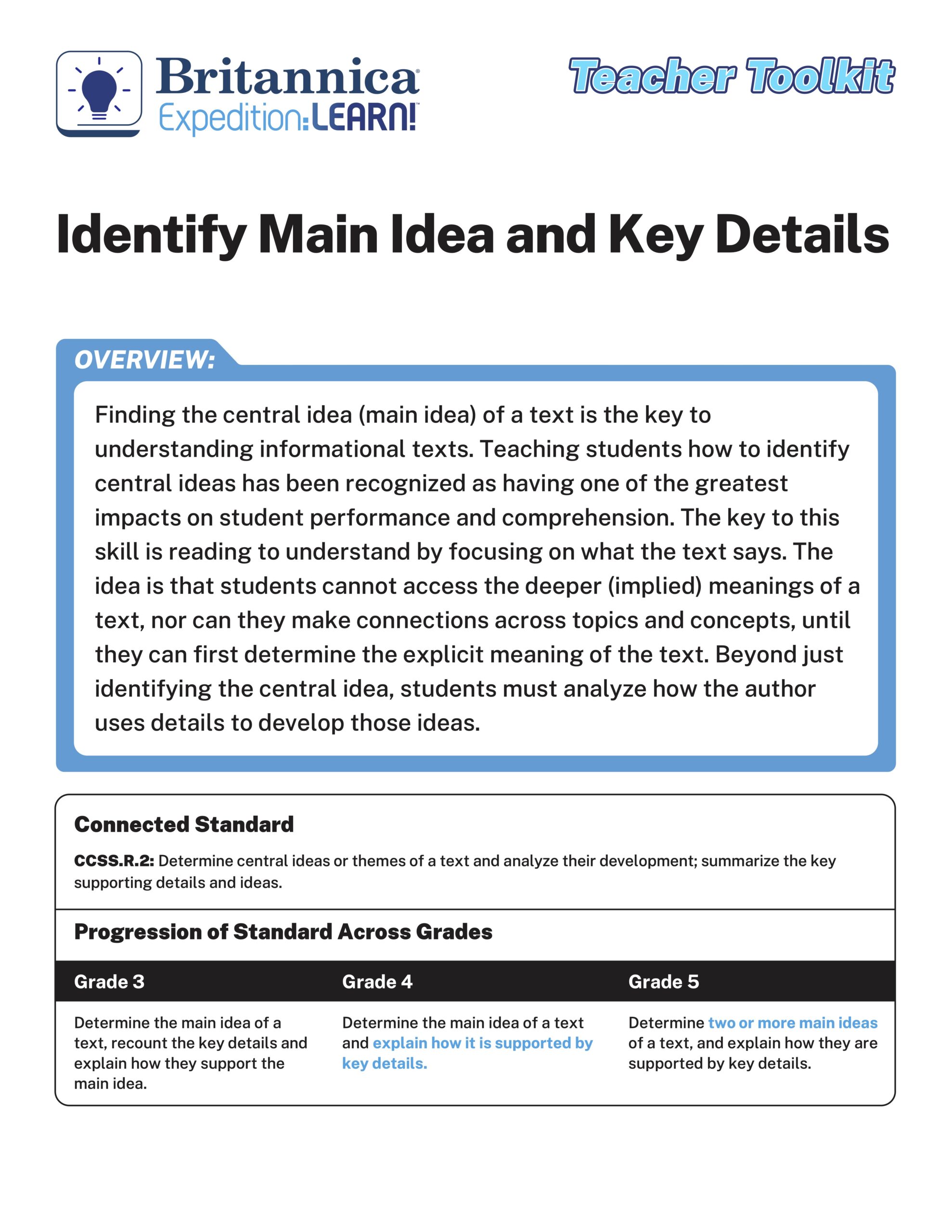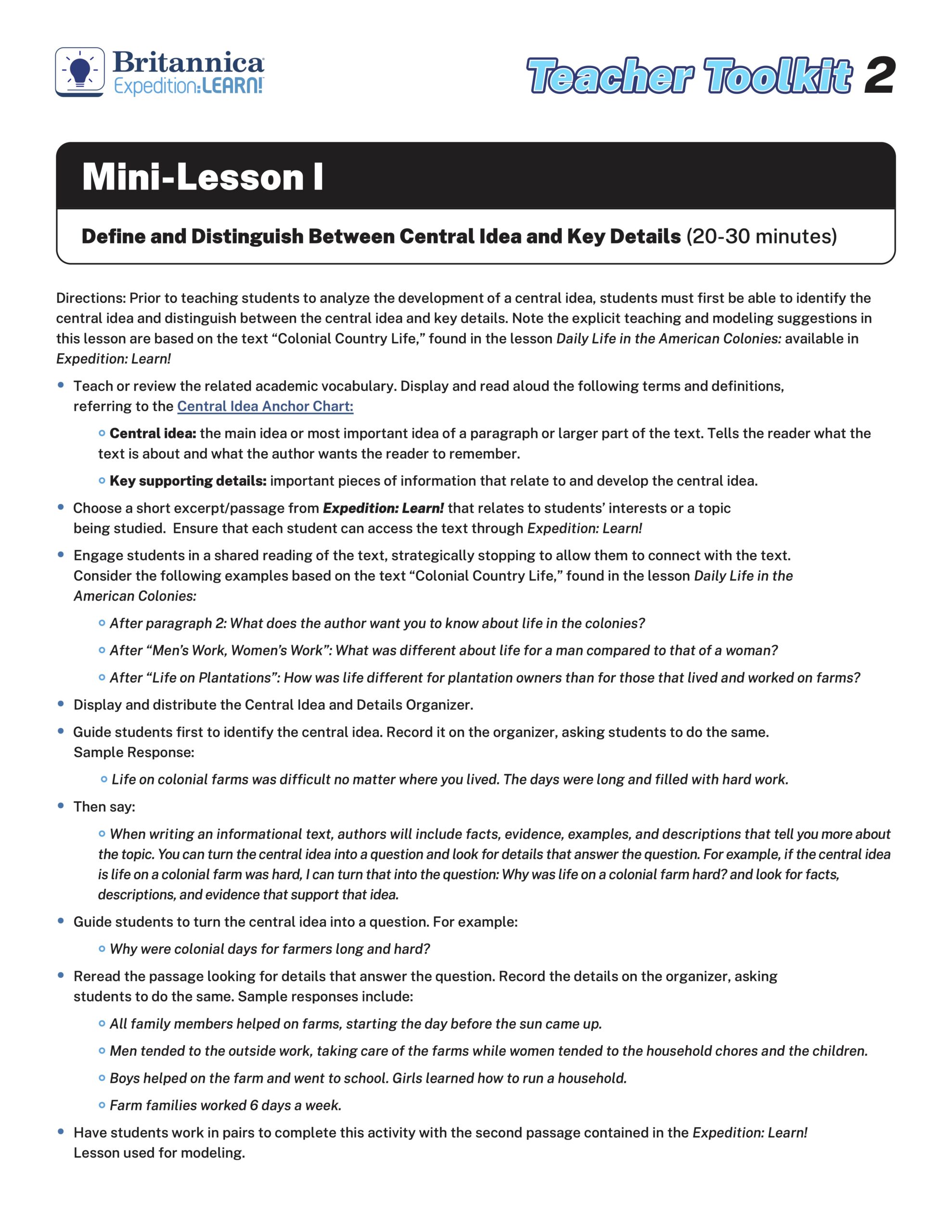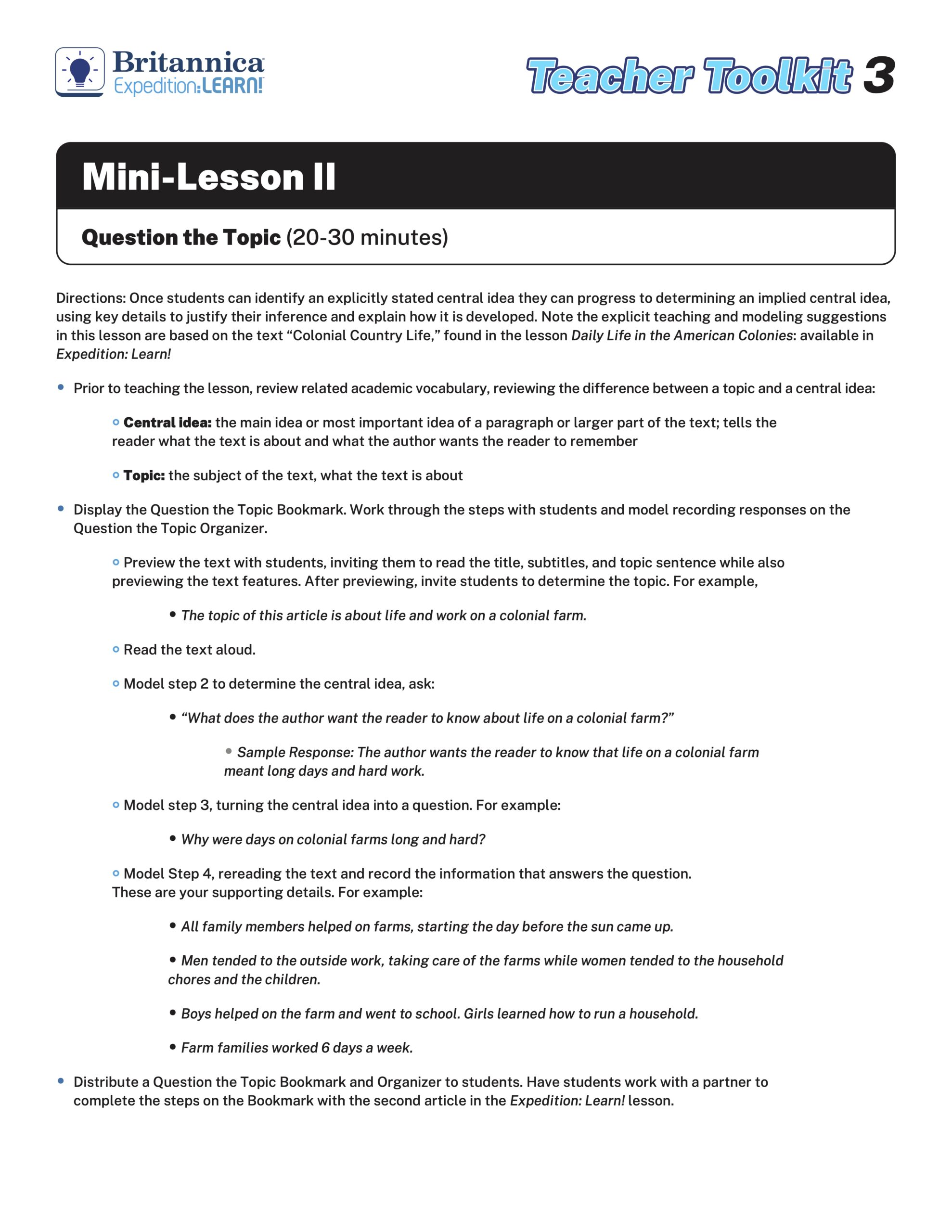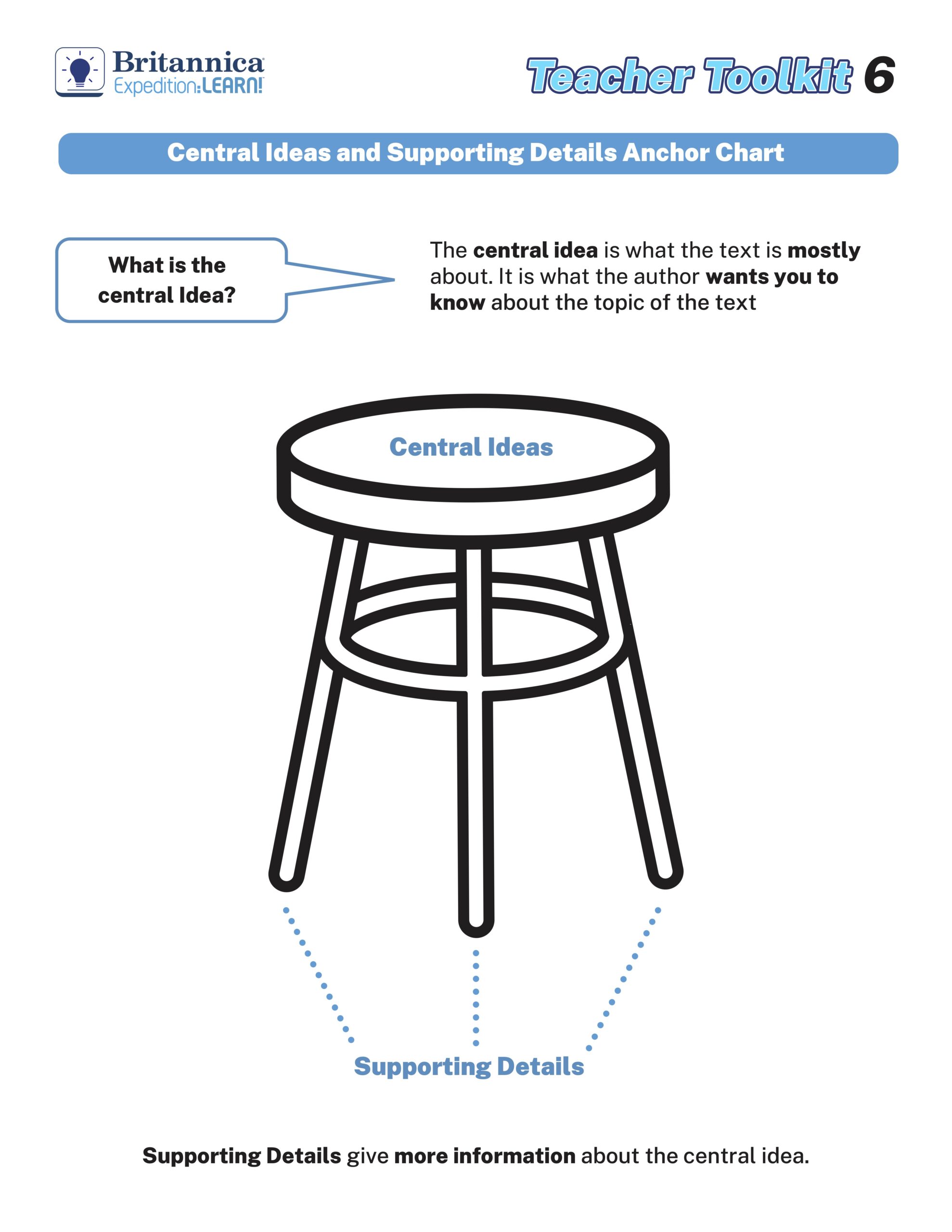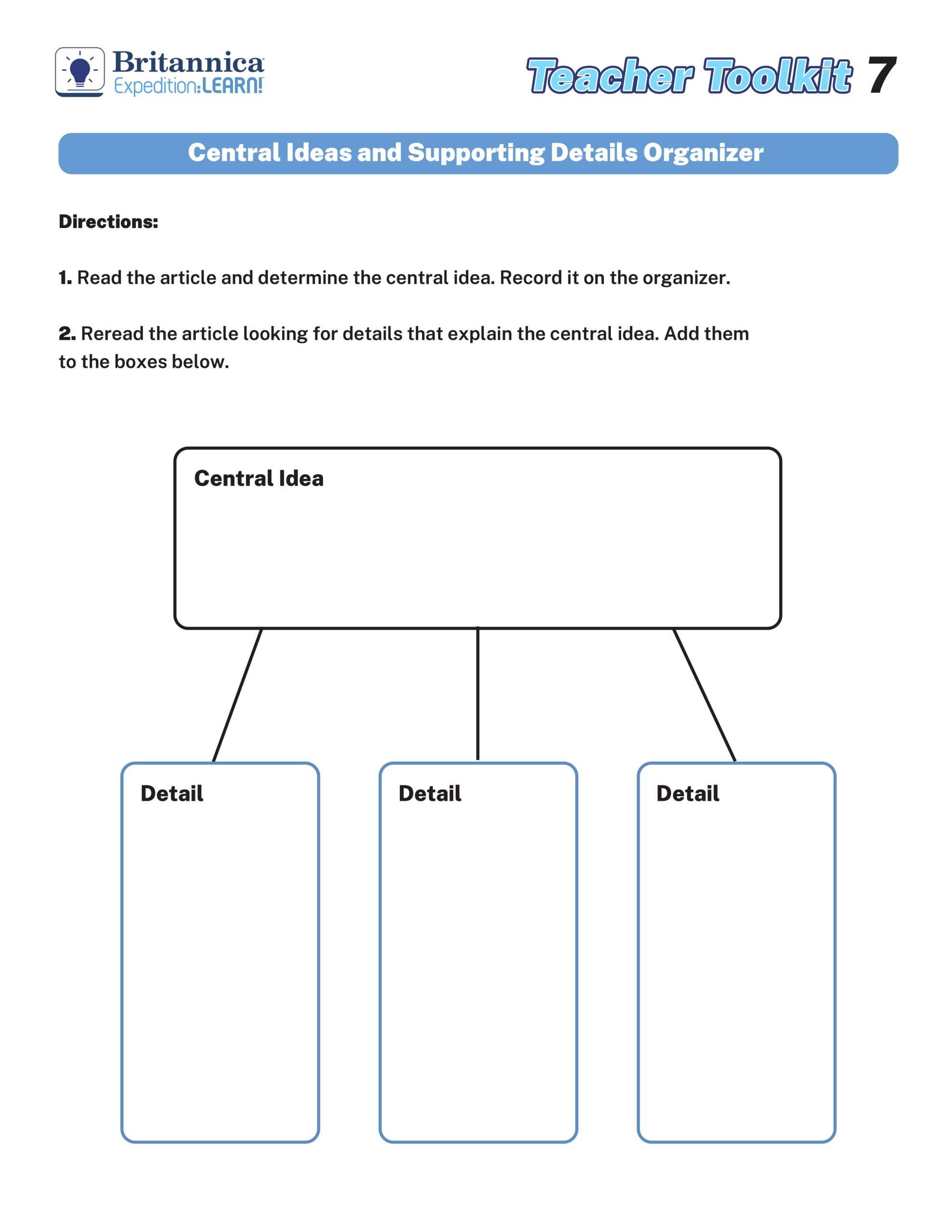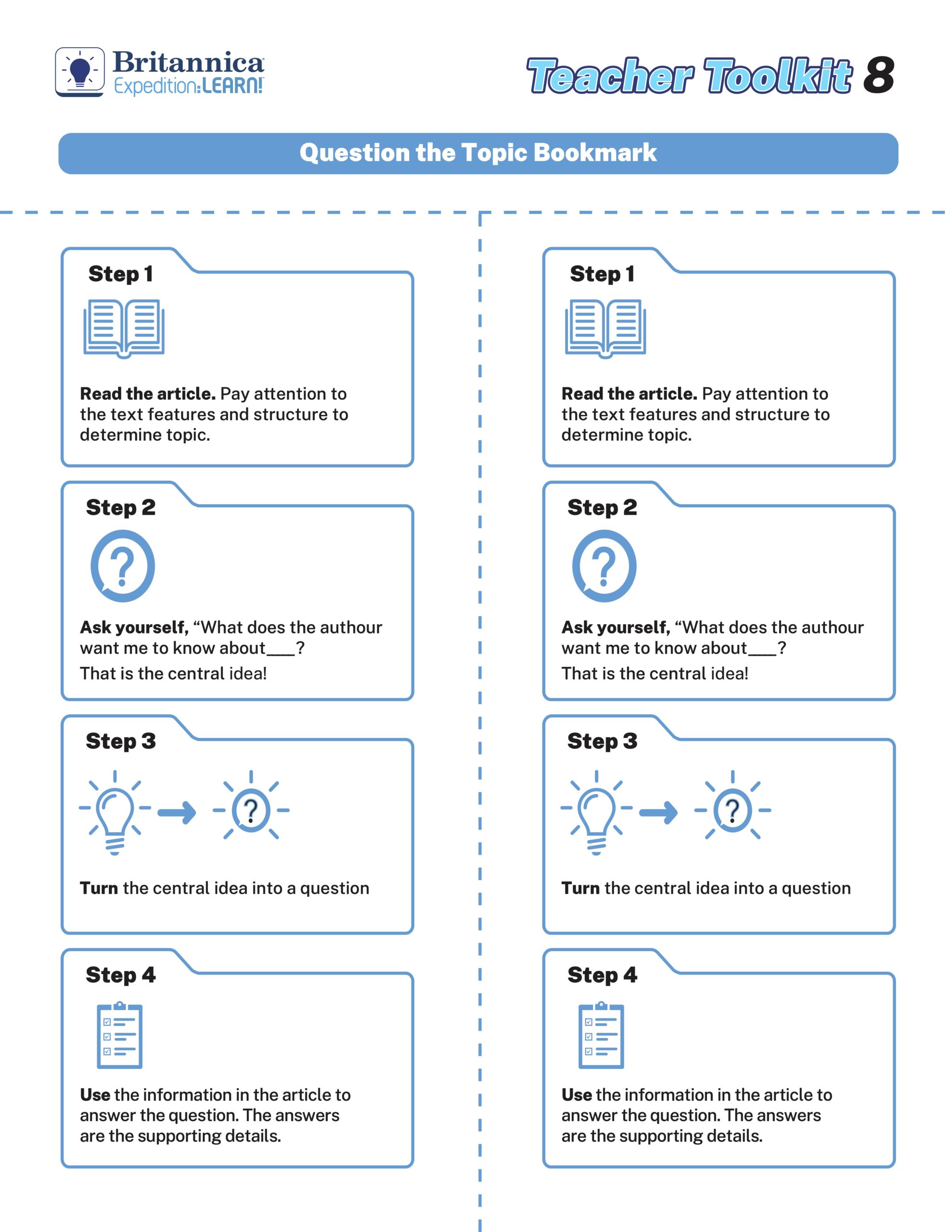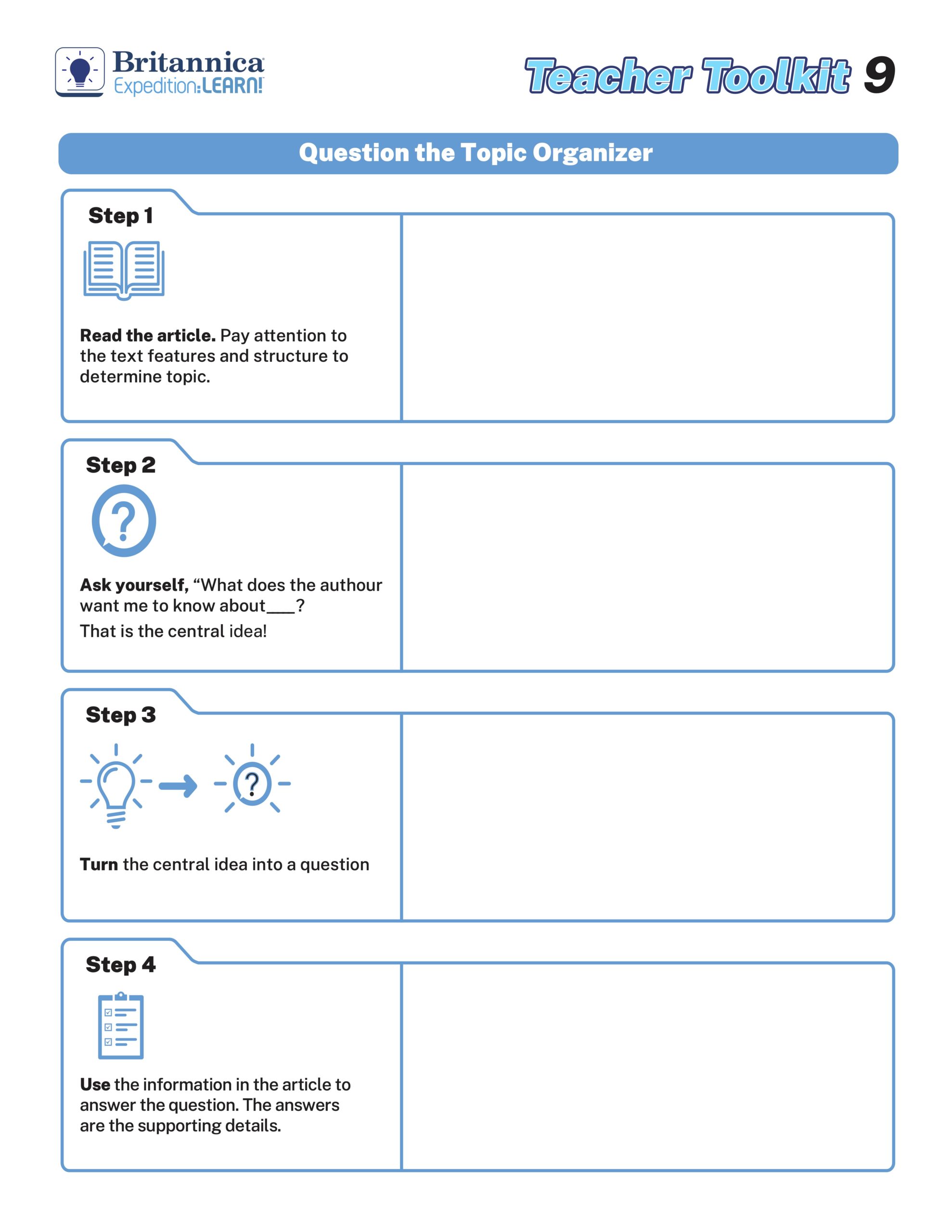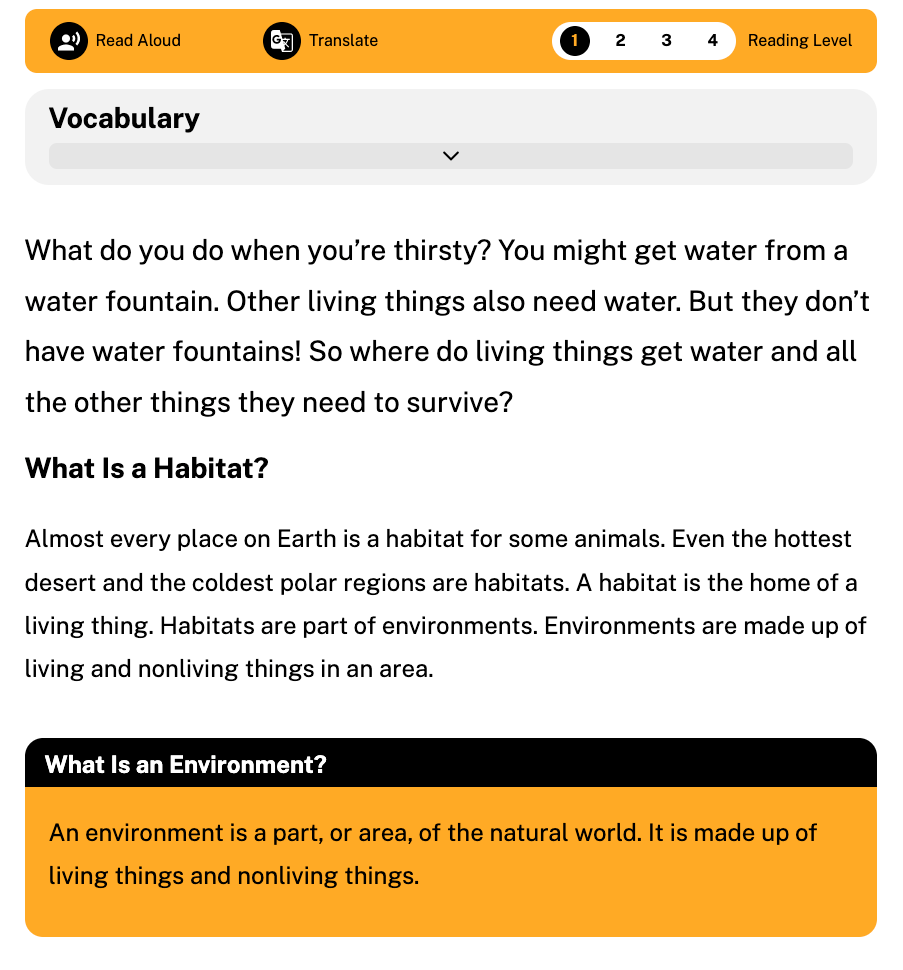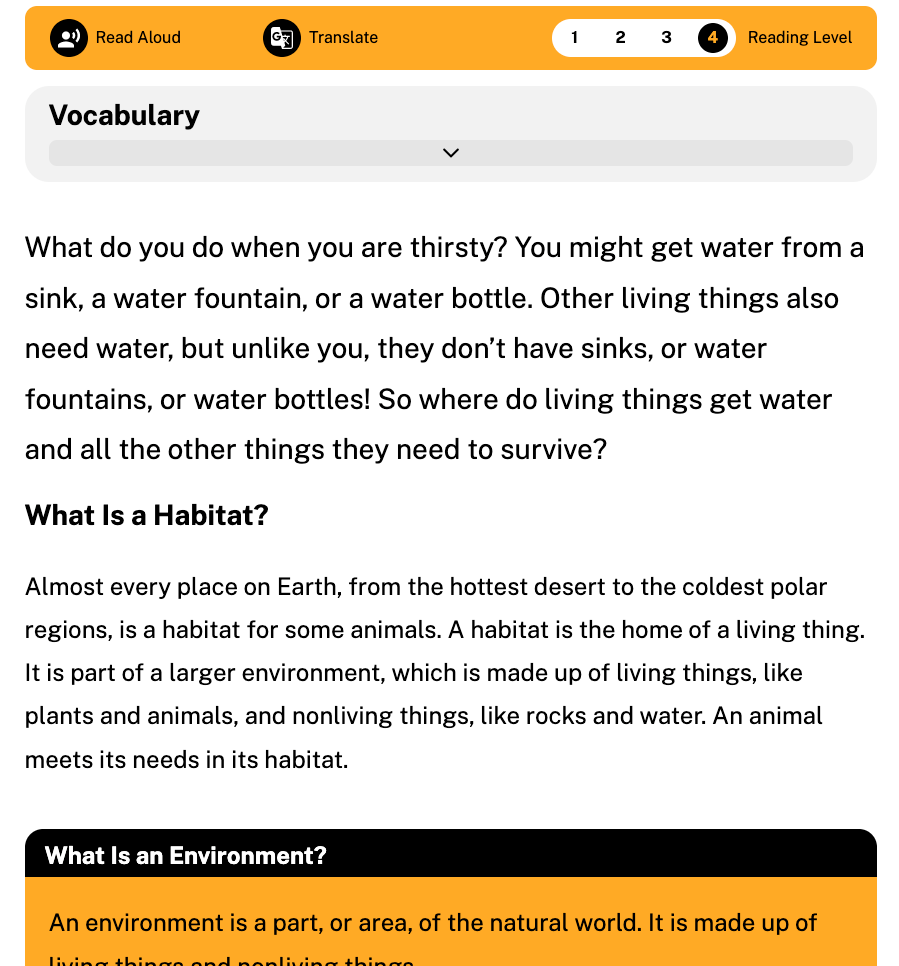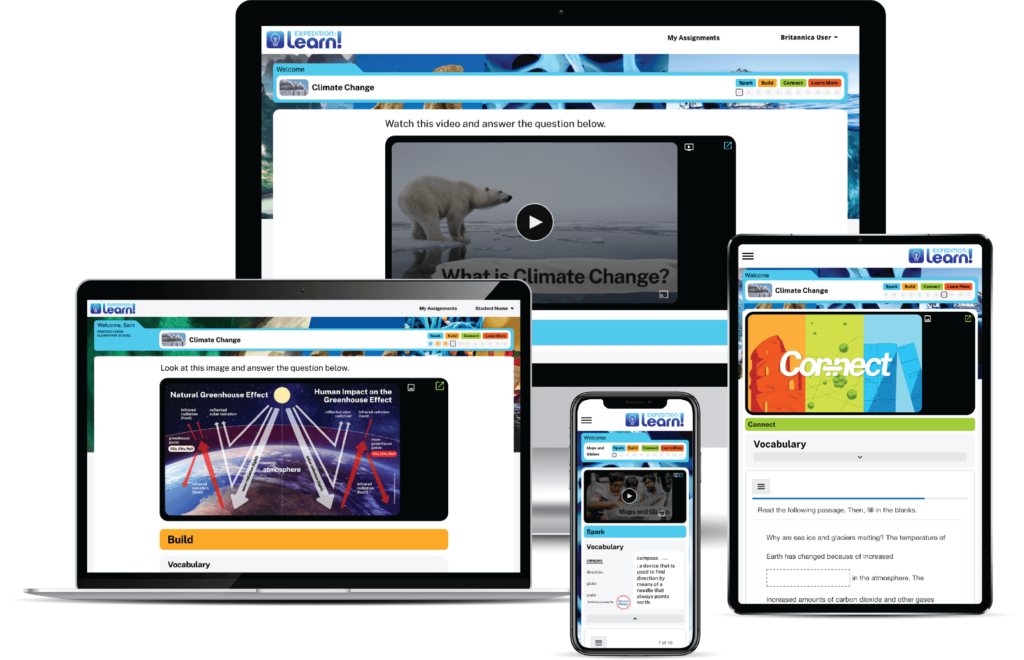Summer has arrived! Whether you’re enduring the humid heat, seeking refuge under shade, or tiptoeing on searing beach sand, the advent of summer ushers in extended daylight hours and, of course, higher temperatures.
But what exactly fuels summer’s sizzle? The answer lies in our planet’s dance around the most anticipated star—the sun. More precisely, it’s all about the Earth’s unique solar relationship. Deep dive into the intriguing science of the season and enhance your understanding of the summer heat.
Take Summer Learning for a Spin
First things first: The primary contributor to those toasty summer days has to do with the position of the Earth relative to the Sun. As Earth’s position shifts, in turn, it causes the seasons to change. This happens in two ways:
1. The Earth completes one rotation around the Sun each year. At the same time, the Earth rotates daily on its own axis.
2. The Earth’s axis is tilted about 23.5 degrees from the vertical.
Now that we know why Earth’s rotation makes a difference, let’s look at how it happens. We’ll focus first on the Northern Hemisphere. As the Northern Hemisphere tilts slightly towards the sun, the sun’s rays are more direct and intense. These longer days and direct rays cause the Earth to absorb a greater amount of heat in this region. With more sunlight in June through September, the Northern Hemisphere experiences its warmest season, which is what we call “summer.”
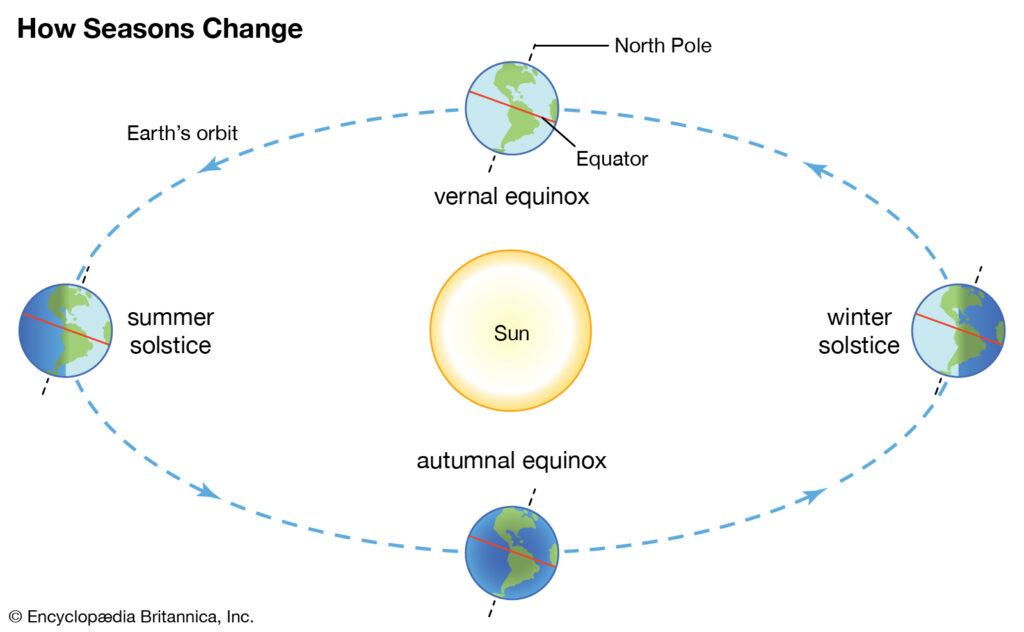
Conversely, the opposite happens in the Southern Hemisphere, which tilts away from the sun during these months. This tilt causes colder weather months, or “winter.” The Southern Hemisphere experiences its warmest months in December through March. The seasons in the two hemispheres are always opposite.
Summer Solstice
The onset of summer starts with the summer solstice, the day when the noon sun is the highest. This occurs annually on June 21 or 22, the longest days of the year.
People around the world celebrate the summer solstice in many unique ways. One of the most recognized festivities takes place at Stonehenge in England, where thousands gather to “express their devotion to the sun.”1 In India, people commemorate with mass yoga sessions. In Malta, ancient sites are the center of solstice celebrations. In Eastern Europe, Spain, and Norway, crowds gather to enjoy time together around (sometimes giant) bonfires. And in Alaska, people take advantage of the midnight sun to enjoy street fairs, baseball games, and festivals.2,3
Getting to the Heat of it
We’re not done yet! Let’s talk more about why temperatures change. We have looked at the Northern and Southern Hemispheres, but what about those areas in between? The changes in weather during each season depend on how close a region is to the Equator.
Places near the equator receive a more consistent amount of direct sunlight throughout the year due to how the Earth is tilted. Therefore, instead of more drastic seasonal changes as in the more northern and southern regions, the seasons remain relatively similar. Weather patterns may change during certain times of the year, such as rainy or dry periods, but overall, temperatures near the Equator are generally warm year-round.
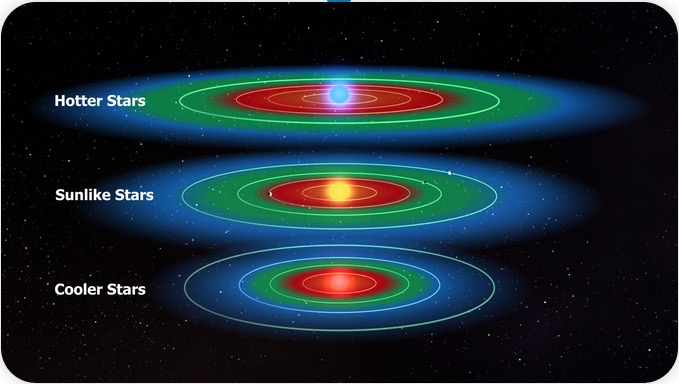
Fun Fact! The ability for life on Earth to exist as we know it depends on the type of star we revolve around. The habitable zone, or “goldilocks zone,” is the region around a star that allows the planets orbiting that star to contain water in its liquid form, and, therefore, support life. If these zones are hotter than the sun, liquid water would evaporate, and if they are colder than the sun, water would be frozen. Luckily for us, our orbital region around the Sun is just right.
On the contrary, the North and South Poles receive less direct sunlight. As the farthest points from the Equator, temperatures in these poles stay cold throughout the year, even during the summers. And the seasons look quite a bit different, too. During the winter, these regions experience more hours of darkness, even in the daytime. In the summer, the sun shines late at night, though this “midnight sun” is not strong or direct enough to make the weather warm.
Summer Around the Globe
Summer looks different everywhere! Let’s take a look at a few interesting summer phenomena.
1. Midnight Sun

Explore more photos of Midnight Sun on Britannica ImageQuest
The tilt of the Earth’s axis in relation to its orbital plane creates a fascinating phenomenon called “midnight sun.” Places near the North and South Poles experience prolonged sunshine during their summers, lighting up the sky for up to 24 hours a day! During these days, the Sun’s position is high in the sky, only minimally reaching below the horizon line.
When the far north or far south points of the Earth experience midnight sun, you can probably guess what happens on the opposite pole that faces away from the sun. The reverse pole sees nearly 24 hours of complete darkness, as the Sun’s rays remain almost entirely below the horizon line.
2. Monsoons
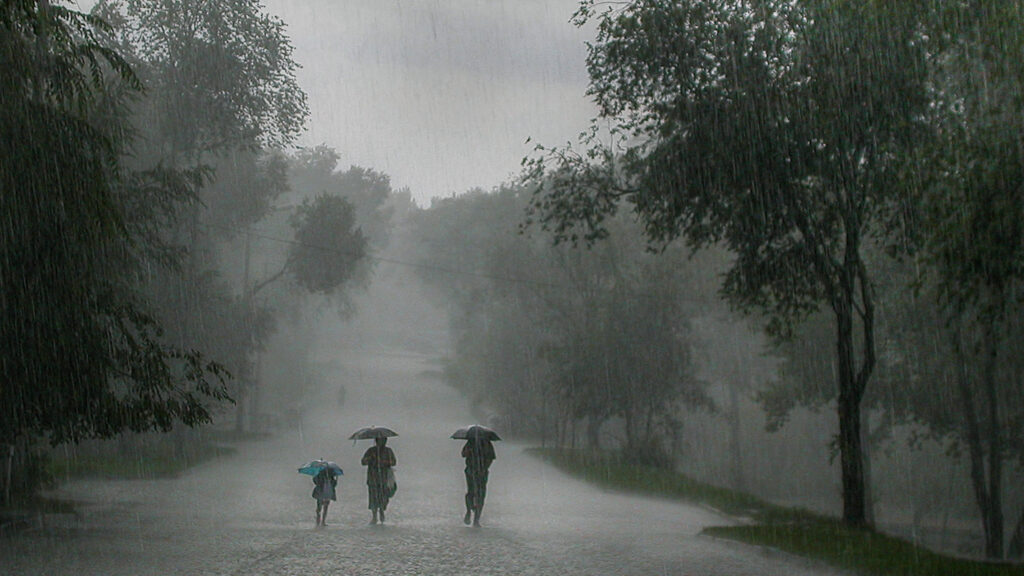
Explore more photos of Monsoons on Britannica ImageQuest
Some places, such as regions in Southeast Asia, West Africa, Mexico, and the U.S. Southwest, experience a period of heavy rainfall during the summer months. Known as monsoons, this drenching summer rain is impacted by changing wind patterns caused by temperature difference in the air over land and sea. Many regions depend on these summer (and winter) monsoons to grow crops and replenish water reserves.
3. Heat Waves
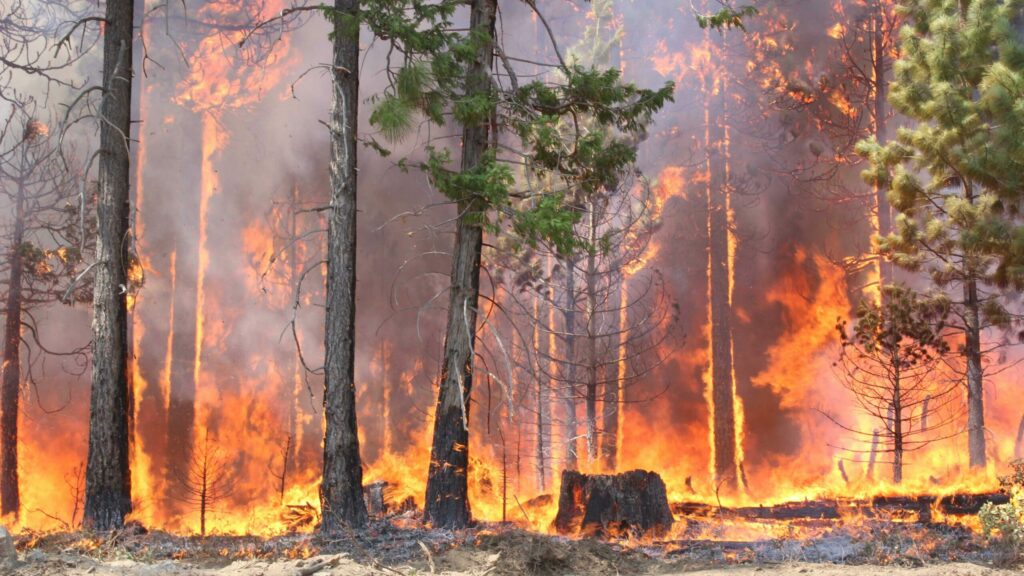
Explore more photos of Heat Waves on Britannica ImageQuest
Sometimes summer brings a bit more heat than we bargained for, and things get a bit too toasty. Heat waves are times of exceptionally hot weather, often with high humidity. Temperatures in some places can exceed the average high temperature by 9 F (5 C) or more, according to the World Meteorological Association.
Heat waves can be quite dangerous. In the last year alone, triple-digit heat waves in Texas knocked out the power grid, while record-breaking heat and dry conditions have spurred wildfires across the Western U.S., Canada, and Europe, and extreme heat has put hundreds of millions under heat advisories and warnings globally. The number and intensity of heat waves have been on the rise worldwide due to climate change.
Six Sizzling Summer Facts
- The Eiffel Tower in Paris, France, grows with the higher temperatures! Due to thermal expansion, which occurs when heat causes volume to increase, the tower gains a few centimeters in height on hot summer days.4
- Summer brings with it a variety of delicious seasonal produce. From watermelon, berries, and apricots to corn, okra, and summer squash, these warm weather months are perfect for mixing things up in the kitchen with tasty fruits and vegetables that peak in the summer.
- Animal behavior changes for many species in the summer. Birds sing more, sea turtles lay their eggs, caterpillars turn into butterflies, reptiles become more active, whales migrate thousands of miles to cooler waters, and most mammals adapt their fur.
- People love spending warm summer days in the great outdoors! Over half of the most popular summer vacation destinations for U.S. travelers involve the outdoors, including beaches (32%), lakes (11%), and mountains/national parks/nature/camping (11%).5
- Athletes from around the world gather every four years to compete in the Summer Olympics. The Olympic Games, which began in Greece and date back to 776 BC, include competitions such as cycling, diving, swimming, rowing, and many more.
- Holidays look different during summer too! For example, in the Southern Hemisphere, countries like Australia, New Zealand, and South Africa celebrate Christmas, which takes place during their summer, with barbecues and beach days.
Explore the science of summer heat and countless other topics with Britannica! The information in this special summer blog was sourced from Britannica School (Elementary, Middle, and High School), Britannica ImageQuest. Not a subscriber? Contact us to learn more.
References
- https://www.britannica.com/news/573334/450a49c871fc97dbb81863edef67f187
- https://www.cnn.com/travel/summer-solstice-celebrations-traditions-world-scn/index.html
- https://www.smithsonianmag.com/travel/nine-ways-people-celebrate-the-summer-solstice-around-the-world-180982398/
- https://www.toureiffel.paris/en/news/history-and-culture/why-does-eiffel-tower-change-size#:~:text=When%20temperatures%20rise%2C%20the%20Tower,slightly%20away%20from%20the%20sun
- https://www.statista.com/statistics/298705/most-popular-summer-vacation-activities-for-travelers-us













